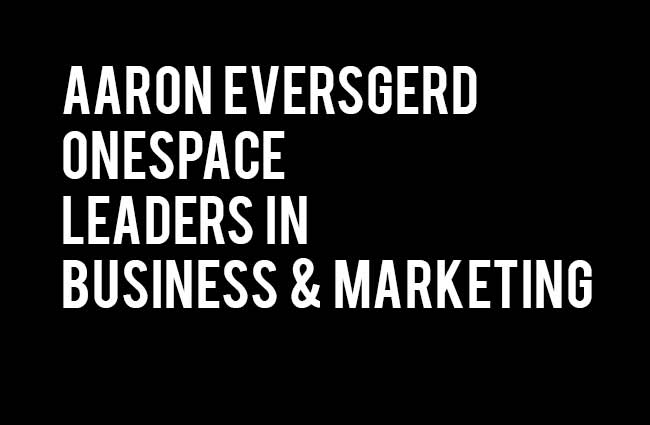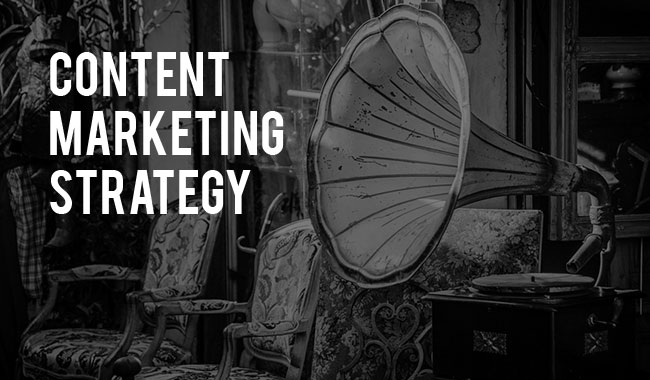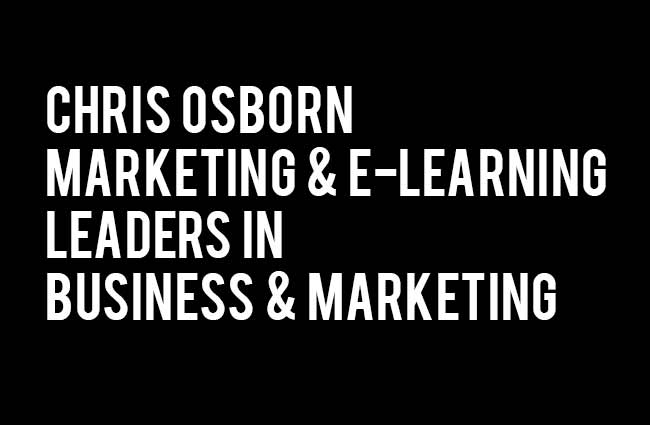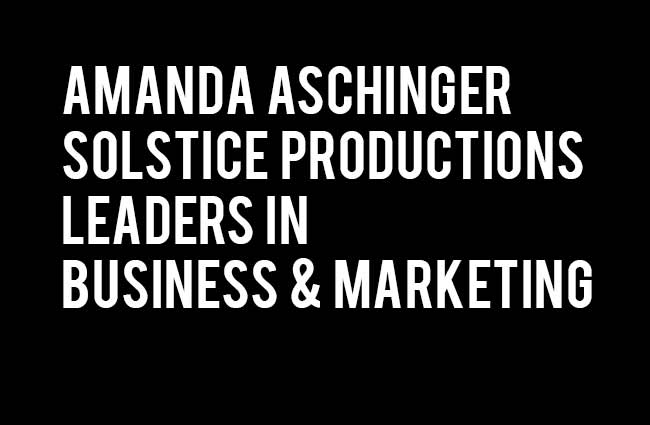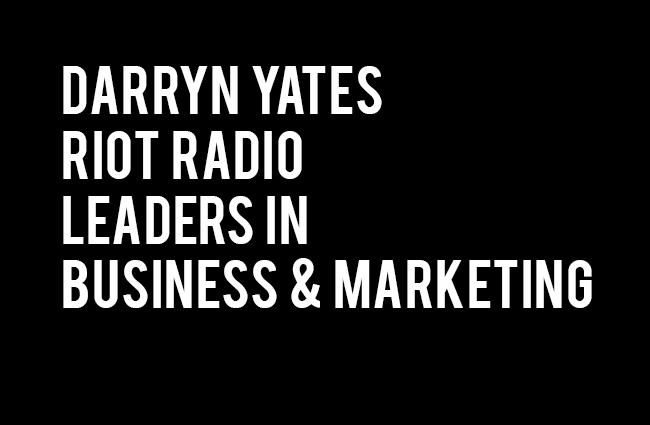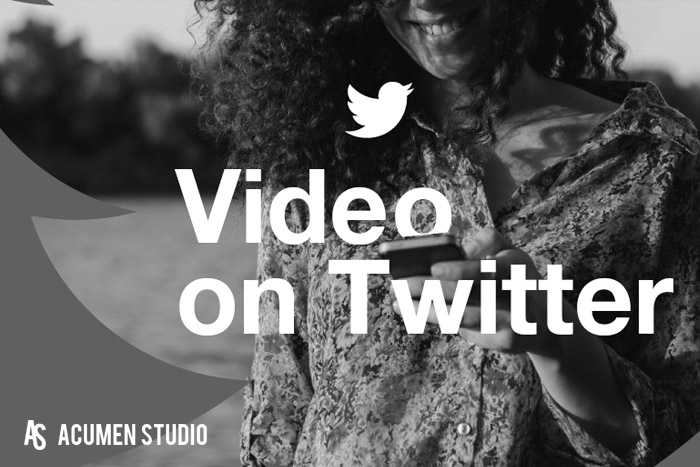Financial Advisors Pay Attention – Relationship is Key
Our friends at Everplans provided this great research into why it is so important to keep the all relationships in the families you advise strong. It's time to start remembering kids birthdays and maybe sending a gift! 93% of advisors think that...



